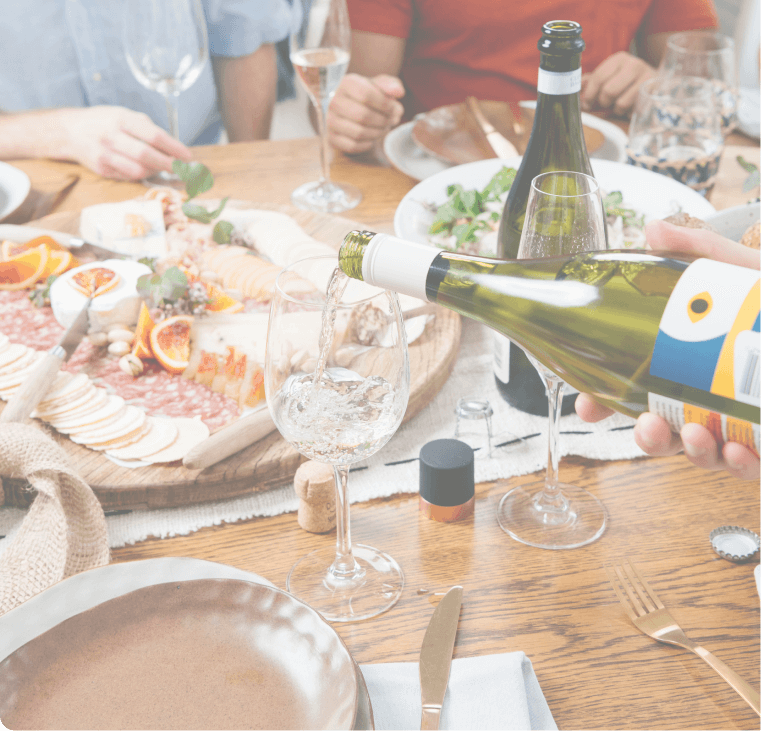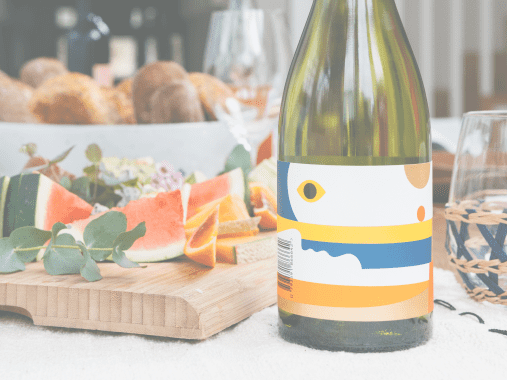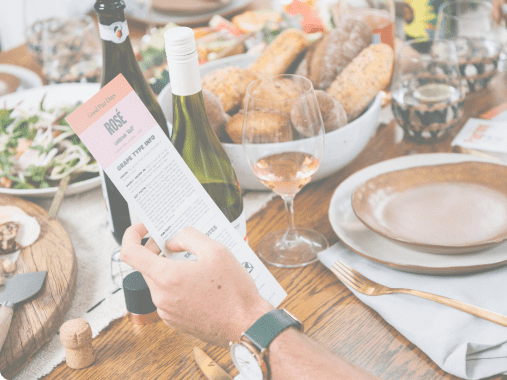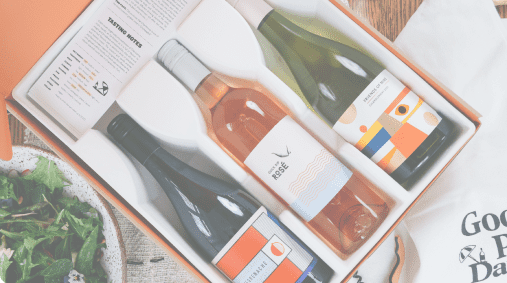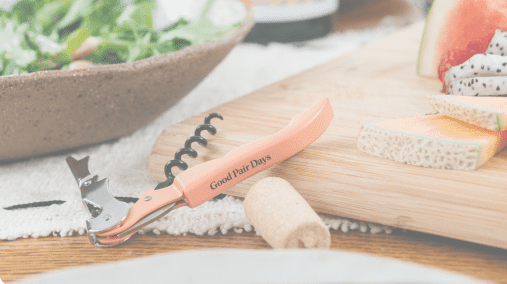Adega Ponte de Barca 'Bonina' Rosé 2023
Primary flavours

Berries

Cherry

Citrus

Lemongrass

Red Currant

Savoury
Details
Spritz alert everyone! In true Vinho Verde style, this wine has a typical fizz that will give you a B..B Bounce. Easy-sipping, this rosé takes on the classic Vinho Verde style, with tart fruit, balanced by a hedonistic drop of sweetness and layers of crunchy red berry notes that interlace beautifully with citrus character. Delicious, and a fine example of the style from this part of the world.
Origin: The spiritual home of rosé is Provence, in Southern France. Mainly Grown In: Rosé is found all over the world these days, but coastal regions are especially well suited to the growing of red grapes for rosé. Key Facts: Rosé is predominantly made from red grape varieties. The colour of the wine is actually from pigments found in the skins of the grapes, so even red grapes have clear-coloured juice. The colour is then ‘bled’ out of the skins by infusing the skins into the juice. So for rosé, the wine simply spends far less time hanging out with the skins! Rarely you will find a rosé that is a combo of white and red grapes – they’re not ‘less good’, just less common. Rosé is super versatile – it suits any occasion. Best to always have a bottle in the fridge, just in case, you know… Wednesday happens or something. Fun Fact: In Ancient Greece, some of the first wines ever made were rosé, made by blending white and red wines!
Origin: The spiritual home of rosé is Provence, in Southern France. Mainly Grown In: Rosé is found all over the world these days, but coastal regions are especially well suited to the growing of red grapes for rosé. Key Facts: Rosé is predominantly made from red grape varieties. The colour of the wine is actually from pigments found in the skins of the grapes, so even red grapes have clear-coloured juice. The colour is then ‘bled’ out of the skins by infusing the skins into the juice. So for rosé, the wine simply spends far less time hanging out with the skins! Rarely you will find a rosé that is a combo of white and red grapes – they’re not ‘less good’, just less common. Rosé is super versatile – it suits any occasion. Best to always have a bottle in the fridge, just in case, you know… Wednesday happens or something. Fun Fact: In Ancient Greece, some of the first wines ever made were rosé, made by blending white and red wines!
Read more
Taste Profile
This wine’s tasting notes.
Sweetness

lowmediumhigh
Body

lightmediumfull
Fruitiness

nonesomelots
Tannins

lowmediumhigh
Acidity

lowmediumhigh
Oak

nonesomelots
Alcohol

low
(under 12%)medium
(12-14%)high
(14%+)
Taste Summary
This wine’s tasting notes are leaning towards light bodied, medium sweetness, with high acidity, some fruitiness, low tannins, low alcohol and no oak.
Specs
Region
Vinho Verde
country
Portugal
Grape type
Rosé
Wine Maker
Adega Ponte de Barca
Alcohol
11%
Vintage
2023
Cellar period
1-3 years
Closure
Screw Cap
Production method
Gentle Spritz
Pairing guide
With its gorgeous red berry flavours and soft, harmonious character, this beautiful pink wine is sure to delight your palate and have you reaching for more! It’s a great wine for pairing with simple dishes of poached salmon, seared tuna steak or cold cuts of roast ham with steamed vegetables, and will also work very well with pasta classics like spaghetti pomodoro or puttanesca. We also loved this wine with roast red pepper and sundried tomato dishes, grilled halloumi, chicken or prawn tikka and couscous salads with pomegranate molasses.
Read more
Food

Couscous

Tomato

Halloumi
Tastes

Crisp
Moods

Bored

Always A Winner
Seasons

Summer
Recipe Matches
Wine region

Vinho Verde, Portugal
Vinho Verde is a wine region located in the Minho province of Portugal, known for producing light and refreshing wines that are perfect for warm weather. The region's name, which means "green wine," refers to the young age of the wines, which are typically consumed within a year of their production. The wines are typically made from indigenous grape varieties, such as Alvarinho and Loureiro, and are characterised by their low alcohol content, high acidity, and slight effervescence. There is a fascinating tradition of having the vines climb up high so you can pick the grapes while standing however this has mostly faded out now.
Read more

